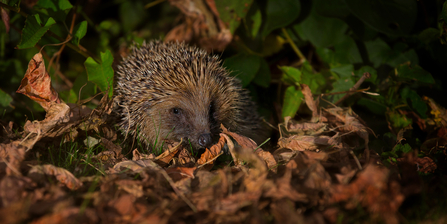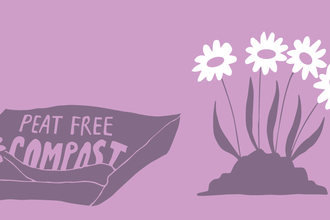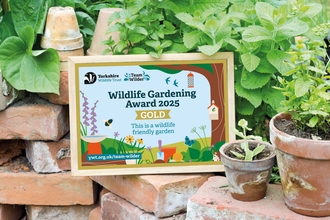Work with your neighbours and community to create safe passage, as well as places to rest, feed and breed, raising young in peaceful surroundings, as wildlife approaches it’s busiest and most vulnerable time of the year.
Wild
We’ve lost an astonishing third of our urban hedgehogs since 2000 and it’s heart-breaking to think people living in our homes in the future may never spot a glimpse of these delightful creatures.
Appearing at dusk, they rustle and forage in the borders of our gardens, covering up to two kilometers a night. They’re a natural predator of slugs and snails – so please spread the word about ditching the slug pellets which can poison hedgehogs.
Create small series of holes or gaps in your fences make space for our spiny friends to roam freely without the danger of having to cross our roads.





